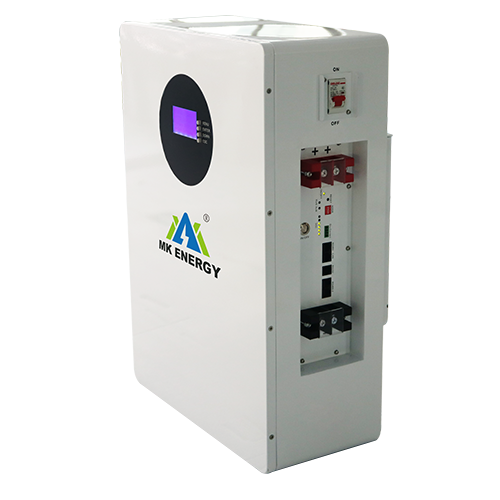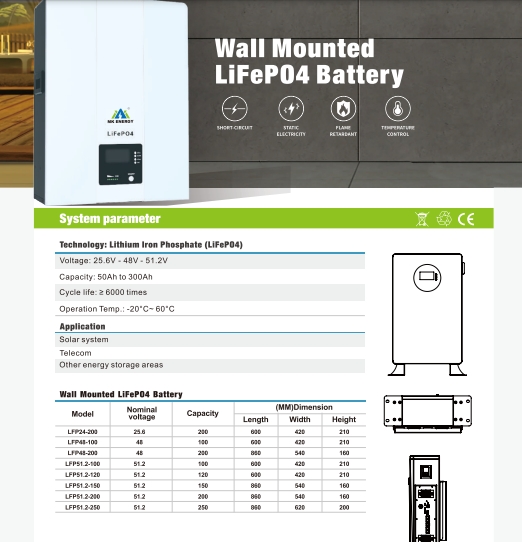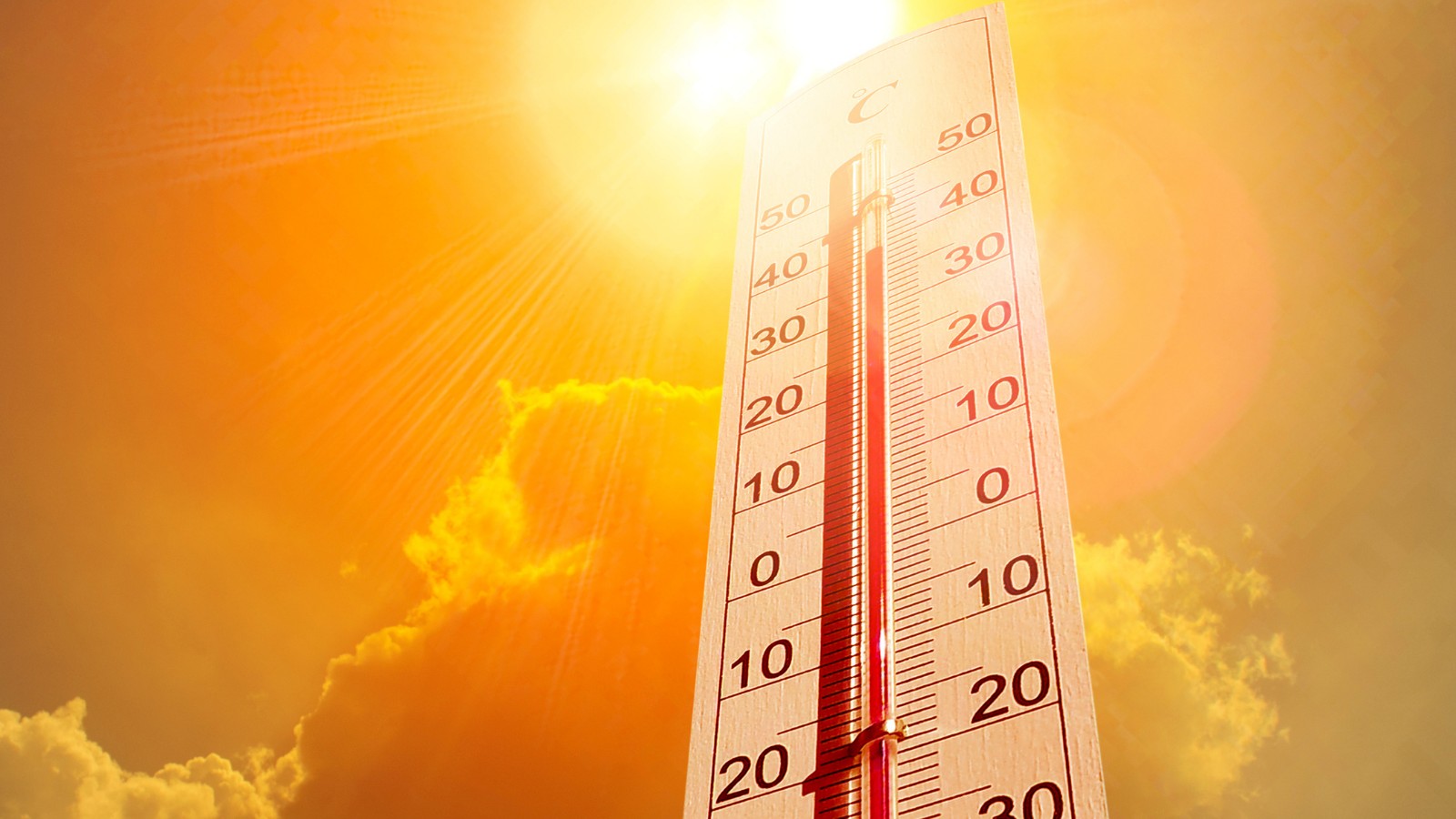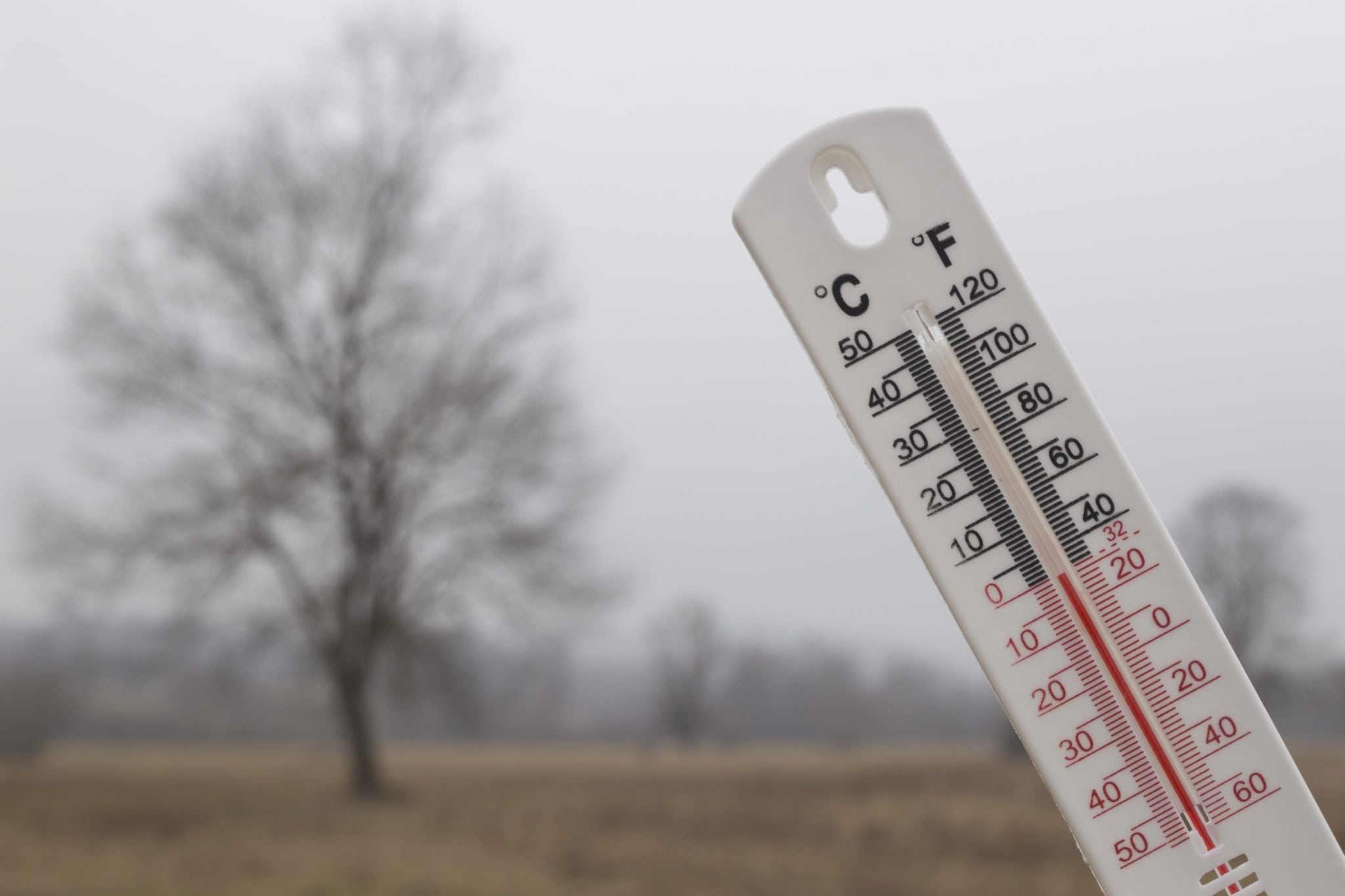In energy storage, people often use Batería de litio montada en la pared to power their homes or businesses. For any battery, temperature is a critical factor that affects their performance. This blog post explores the complex relationship between how temperature affects the efficiency, lifespan, and safety of wall-mounted lithium batteries.
Temperature dynamics of wall-mounted lithium battery
Temperature will particularly impact the chemical reaction inside the wall-mounted lithium-ion battery. The high temperature will accelerate the chemical reaction inside the batería de iones de litio. In these batteries, wall-mounted lithium-ion batteries move between the positive and negative electrodes during charge and discharge cycles. Increasing the temperature increases the mobility of ions, promoting faster reactions. However, excessive temperatures outside the recommended range may cause thermal runaway. Conversely, low temperatures slow down the chemical processes within the battery. At very low temperatures, the electrolyte in the battery may become less conductive, impeding the movement of ions. This reduces the battery’s efficiency, limiting its ability to store and release energy efficiently.
Optimum temperature operating range of wall-mounted lithium battery
Wall-mounted lithium-ion batteries perform best within the optimal temperature range of -20°C to 60°C. Temperatures above the recommended range accelerate chemical reactions that may cause the battery to overheat. Elevated temperatures above 40 degrees Celsius (104 degrees Fahrenheit) can cause thermal runaway, creating fires or other safety hazards. Lower temperatures reduce the efficiency of wall-mounted lithium-ion batteries. Therefore, keeping batteries within specified ranges is critical to maximizing performance, safety, and longevity.
Effect of high temperature
One significant consequence of high temperatures is the accelerated growth of the solid electrolyte interface (SEI) layer on wall-mounted lithium-ion electrodes. The SEI layer forms naturally during the initial charge and discharge cycles, but excess heat can exacerbate its growth. An overgrown SEI layer blocks the flow of ions within the battery, reducing its ability to charge and discharge. Additionally, elevated temperatures cause the internal resistance of the battery to increase. In this case, resistance blocks the flow of electrons and ions, causing the battery’s energy efficiency to decrease. As a battery experiences more heat-induced stress, its cycle life may be shortened.
Advanced cooling system
By using advanced cooling systems, the thermal effects of wall-mounted lithium-ion batteries can be mitigated, and the overall performance and safety of these energy storage systems can be improved. They dissipate excess heat generated during charge and discharge cycles. Standard cooling methods include using fans, liquid cooling systems, or radiators. These components actively dissipate heat from the battery, preventing internal temperatures from exceeding the recommended operating range.
Fans are used in wall-mounted batteries to circulate air to work and promote heat dissipation. Liquid cooling systems involve coolant circulation through channels or pipes integrated into the battery structure. The fluid absorbs heat from the battery and is pumped to an external heat exchanger, releasing the heat before returning to the battery for further cooling.
Low-temperature challenge
In some icy areas, wall-mounted lithium-ion batteries will face low-temperature challenges. At low temperatures, chemical reactions within lithium-ion batteries slow down, and conductivity decreases, reducing efficiency. Affects the battery’s ability to store and release energy efficiently. In this case, a wall-mounted lithium-ion battery with a built-in heating element is used. These elements help raise the battery temperature into the optimal operating range, ensuring that chemical processes and conductivity remain effective even in cold environments. The heating system can use resistive heating elements or other techniques to heat the battery when needed.
Maximum performance through temperature
We provide users with practical guidance on optimizing the performance and life of wall-mounted lithium batteries. Especially in hot and icy areas, temperature management is required to obtain the best performance of the battery and extend its life.




